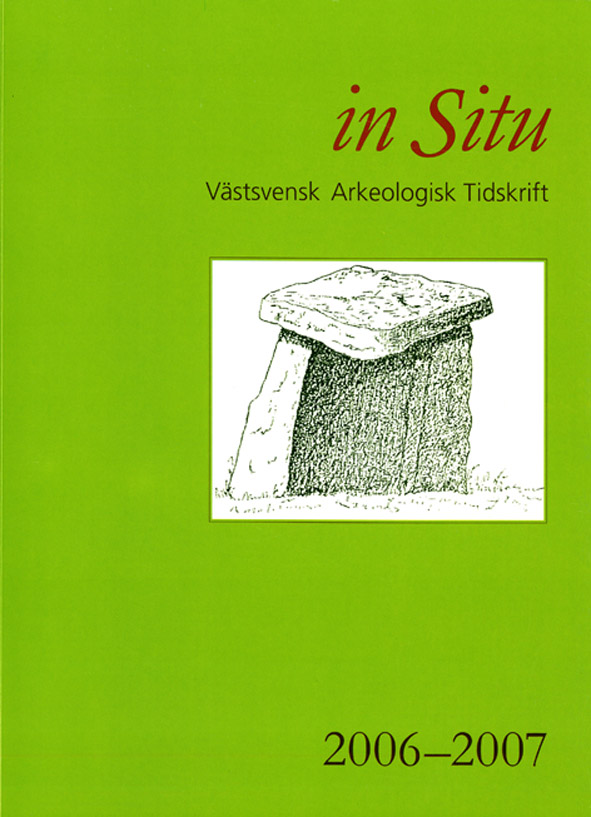Kyrkan, jarlen och makten
– om det stormiga 1000-talet i nordligaste Halland
DOI:
https://doi.org/10.58323/insi.v7.13450Nyckelord:
Archaeology, Viking periodAbstract
The paper describes traces of a late 11th century wooden church that in 2005 was excavated in Tölö in northern Halland. The purpose is to present the remains of this regional late Viking Age central place within a political historical context. The builders of the church must have played a significant part in forming the regional political landscape at that time. The church was situated in the centre of the, in the late 11th century, very unstable northern border zone between the Norwegian and Danish late Viking Age realms. Snorre Sturlasson gives several accounts of northern Halland as a definitive warzone during this period. In the paper the author examines the political factors which he means were behind the construction of the church and the central place at Tölö as a whole. In the church there were five graves, all dating from the second part of the 11th century. Outside the church a Viking Age ship-formed stone setting was documented and quite nearby a large settlement with a huge hall from the same period was excavated some years ago. In many aspects the place comprises traces of many of the political and religious attributes that archaeologists claim to have been used to express power by the top most elite in late Viking Age society. In its components the power that became expressed upon the ridge at Tölö resembles the symbolism that became expressed at the most central political places in late Viking Age southern Scandinavia.
Nedladdningar
Downloads
Publicerad
Referera så här
Nummer
Sektion
Licens
Författare som bidrar till In Situ Archaeologica har givit sitt medgivande att publicera sina artiklar under en Creative Commons-licens. Den ger tredje part vissa rättigheter till att nyttja materialet. Rättigheterna styrs av vilken licens verket är publierad under. Det åligger tredje part att sätta sig in i verkets creative common licens innan materialet används i eget syfte. Det är alltid författaren som har copyright till verket och allt nyttjande av tredje part förutsätter att ett tydligt erkännande ges till verkets upphovsperson, att en länk till licensen tillhandahålls.



